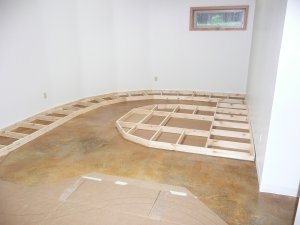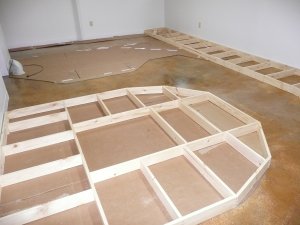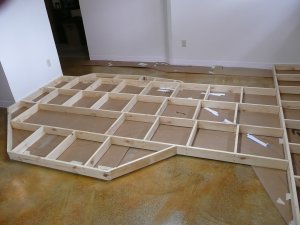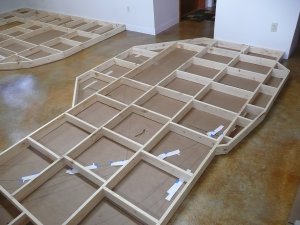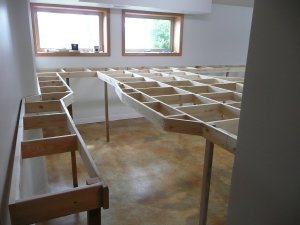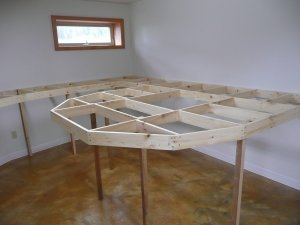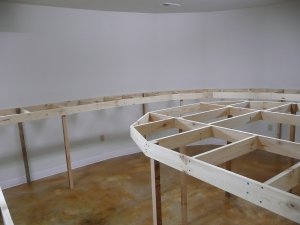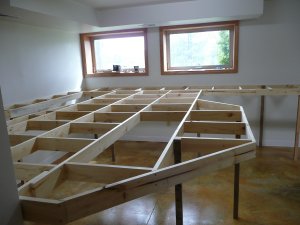gjohnston
Slow Learner
In a normal yard ladder the first one is always opposite to get the track diverging away from the primary. Then each one that follows is opposite to put the next tracks parallel to it.
In this case, notice that the track toward the next turnouts is more curved away from the first track. I always let the departing leg of the turnout match the natural flow of the track. As shown in the original picture, there would have to be an "S" curve in the opposite direction to make the first straight track parallel with the others.
If I follow what you are saying, you are still suggesting I should flip that first turnout......

